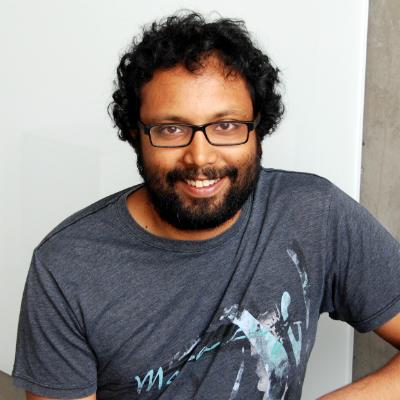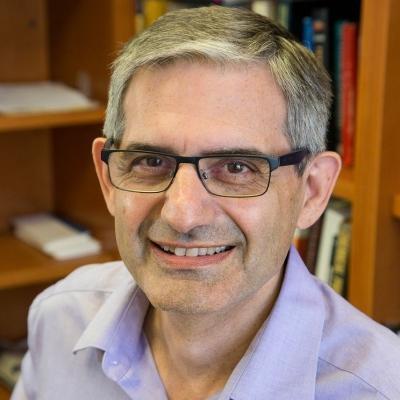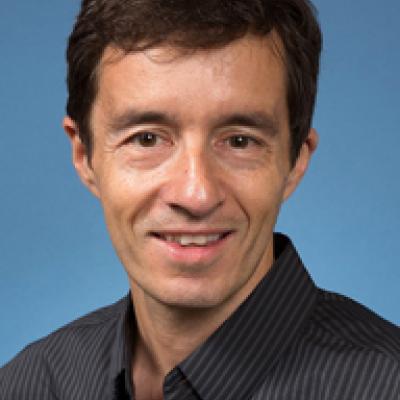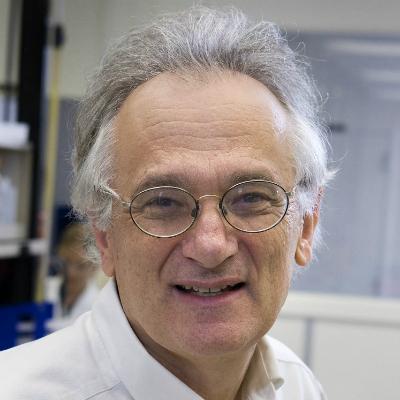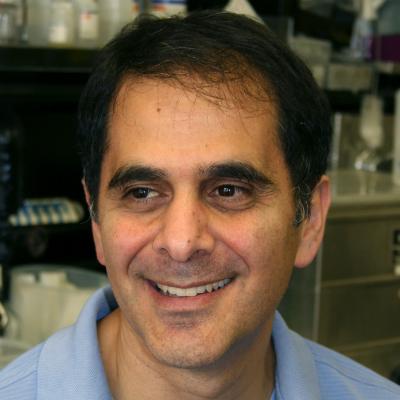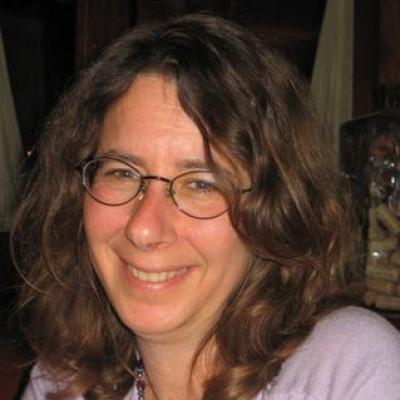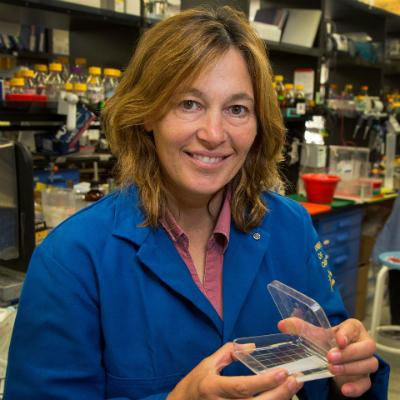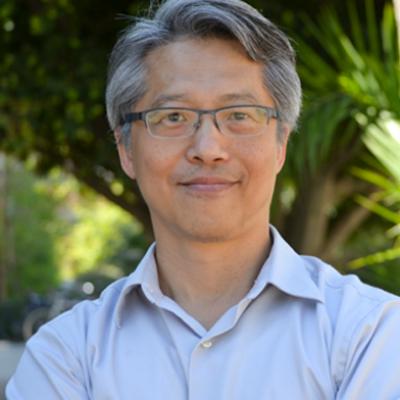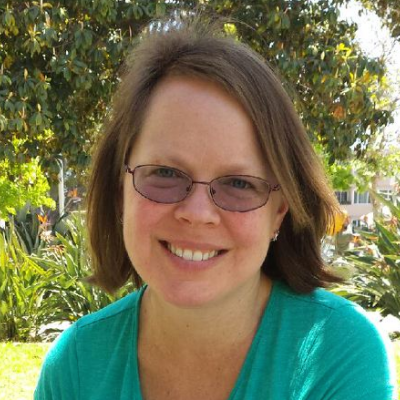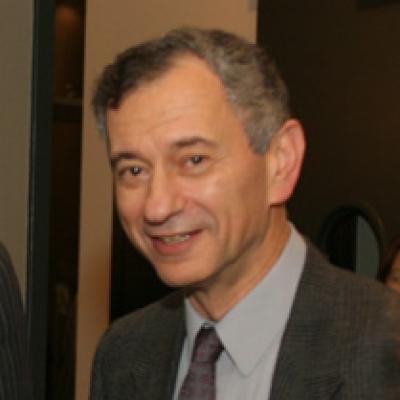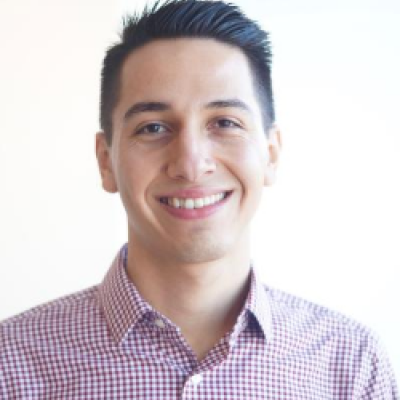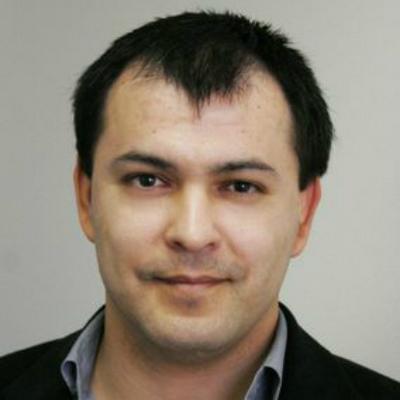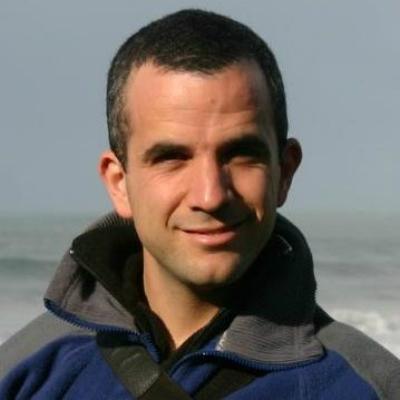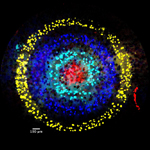
Systems Biology and Biological Regulation research seeks to characterize the structural, biochemical, and in vivo functional properties of individual biomolecules and pathways with the cutting-edge approaches of modern genomics, proteomics, and metabolomics. It combines both experimental and computational approaches to model biological systems and tests the predictions of the models.
Investigators in this focus area are addressing questions concerning such topics as gene regulation at both transcriptional and post-transcriptional levels, metabolic regulation and homeostasis, regulation of cell shape and motility, intracellular transport and compartmentation, phylogenomics, and molecular evolution.
